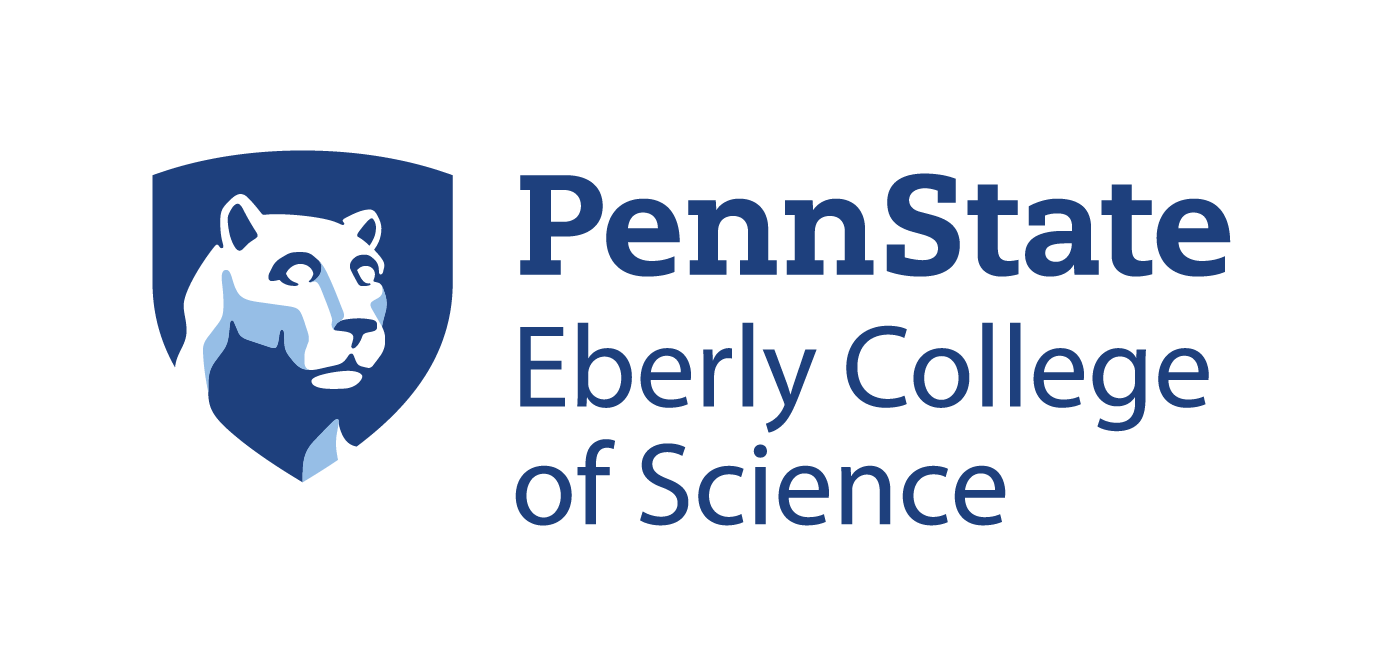Our team works closely with instructors to develop effective, engaging, and inclusive learning experiences across different modes of teaching. We can provide guidance on aligning course objectives, assessments, and instructional strategies, ensuring a cohesive and student-centered approach.
Whether you're developing a new course or revising an existing one, our team can assist with thinking about and designing instructional materials, activities, and assessments that promote active learning, foster critical thinking, prevent cheating while promoting authentic learning, and support diverse learners.
What is Instructional Design?
Instructional design is the art and science of creating effective learning experiences. Collaborating with members of the Grove Center can enhance your teaching and improve student outcomes.
Here are some reasons to engage with us:
- Expertise. Our team brings expertise in pedagogy, technology, and learning theory. You bring the content expertise and instructional practices. Together, we can work together to design learning experiences that utilize your science knowledge to engage students and promote deep understanding.
- Efficiency. Time is precious. We can help you streamline your course development process and coordinate project timelines, ensuring alignment with learning objectives and efficient use of resources.
Course Design and Alignment
Effective course design involves intentional alignment between learning outcomes, assessments, and instructional activities. We can help ensure your course design is intentional, student centered, and grounded in evidence-based practices by focusing on the following components:
- Learning outcomes. Start by defining clear learning outcomes. What do you want students to know, understand, or be able to do by the end of the course? These outcomes guide your entire design process.
- Backward design. This approach emphasizes starting with the end in mind. Begin by identifying learning outcomes, then design assessments and activities that align with those outcomes. Ask yourself, How will students demonstrate their understanding?
- Assessment design. Create assessments that authentically measure what students have learned. Consider formative assessments (e.g., quizzes, discussions) to provide ongoing feedback and summative assessments (e.g., exams, projects) for final evaluation.
- Instructional activities. Design activities that engage students and promote active learning. Think beyond lectures—include discussions, group work, case studies, simulations, and hands-on experiences.
- Alignment triangle. Ensure alignment between learning outcomes, assessments, and instructional activities. When these three components are in sync, students experience a cohesive and purposeful learning journey.
- Universal design for learning (UDL). UDL principles encourage flexibility and inclusivity. Provide multiple means of representation (e.g., varied content formats), engagement (e.g., diverse activities), and expression (e.g., different ways to demonstrate understanding).
Frameworks to Enhance your Teaching
- Backward design. Backward design is about starting with the end in mind. It is a method where educators set learning goals first, then choose instructional methods and forms of assessment to achieve those goals.
- Universal design for learning (UDL). Universal design for learning (UDL) is a teaching framework that designs learning experiences to meet the needs of all learners. It assumes barriers to learning are in the environment, not the student, and uses this perspective to reduce these barriers.
- Fink's significant learning outcomes. Fink’s framework is a comprehensive approach to teaching. It includes six interconnected categories: foundational knowledge, application, integration, human dimension, caring, and learning how to learn. This framework promotes a deeper understanding by encouraging instructors to support students to make connections across these categories.
- The 5Es. The 5Es framework for teaching science includes engage (spark interest), explore (hands-on activities), explain (form scientific explanations), elaborate (apply understanding to new situations), and evaluate (assess understanding). This model encourages active learning, where students construct knowledge from experiences. It’s a great tool for making science engaging and promotes active, meaningful learning.
- 4C/ID. The 4C/ID framework is useful for educators as it provides a structured approach to developing comprehensive educational programs for teaching complex skills. It is not one of the most familiar frameworks, but it could be useful in the space of STEM.
- Digital learning design framework and toolkit. The digital learning design framework and toolkit were created to help nurture and cultivate the digital confidence and fluencies of teaching staff who design and deliver courses, challenging them to think about learning design and the intersection of pedagogy and digital solutions to map the student learning journey.






